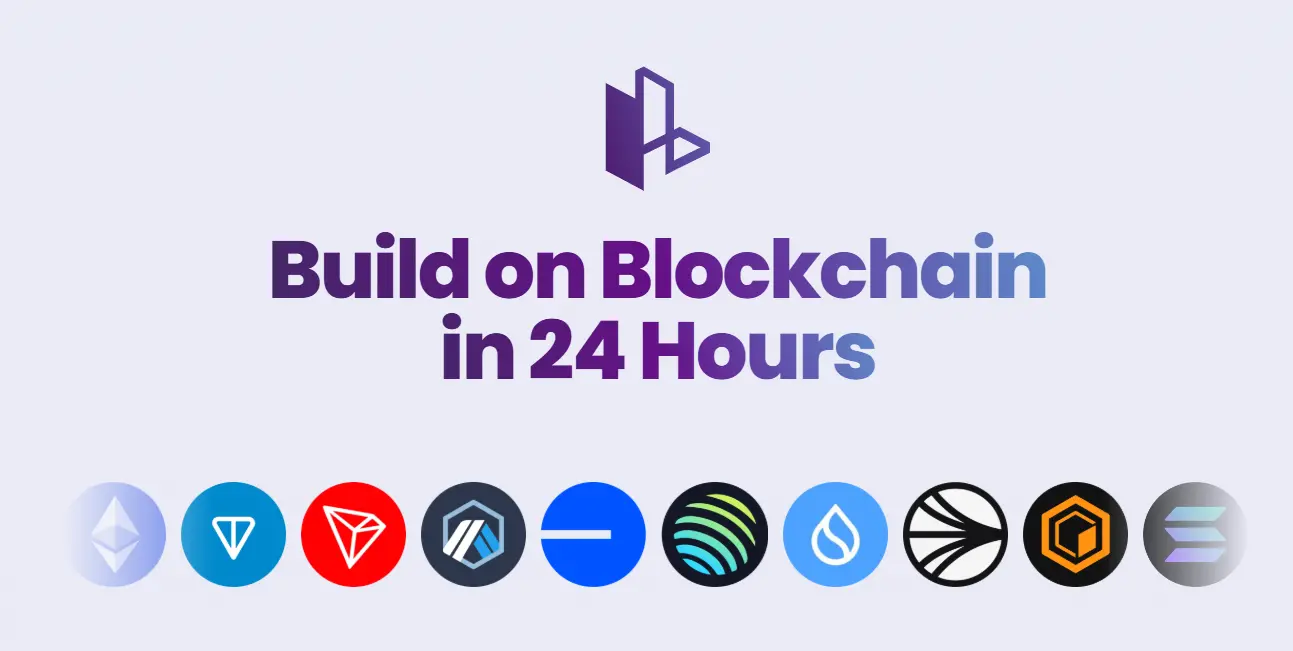Vitalik: The future will be multi-chain, and I am pessimistic about cross-chain applications
Author: Vitalik
Compiled by: BitpushNews
Ethereum co-founder Vitalik Buterin (V God) stated on Reddit on Friday that the future will be multi-chain, but not cross-chain, because the security of bridges spanning multiple "sovereign areas" has fundamental limitations.
V God pointed out that cross-rollup applications within a sovereign area are still possible, and this does not limit the vision of "modular blockchains": you cannot just choose a separate data layer and security layer; your data layer must also be the security layer.
Here is V God's detailed explanation:
The fundamental security limitations of "bridges" are actually a key reason why, despite my optimistic view of the multi-chain blockchain ecosystem (there are indeed some independent communities with different values, and it's better for them to hold differing opinions than for everyone to compete for influence over the same thing), I am pessimistic about cross-chain applications.
To understand why bridges have these limitations, we need to look at how various combinations of blockchains and bridging survive a 51% attack. Many people have the mindset that "if a blockchain is subjected to a 51% attack, everything will collapse, so we need to do everything we can to prevent any occurrence of a 51% attack." I really disagree with this way of thinking; in fact, even after a 51% attack, a blockchain still maintains many safeguards, and it is crucial to retain these safeguards.
For example, suppose you have 100 ETH on Ethereum, and Ethereum is subjected to a 51% attack, causing certain transactions to be censored and/or reverted. Regardless of what happens, you still have your 100 ETH. Even a 51% attacker cannot take your ETH blocks because such blocks would violate protocol rules and would be rejected by the network. Even if 99% of the hash power or stake wants to take your ETH, everyone running a node will only follow the remaining 1% of the chain, because only that 1% of blocks follows the protocol rules. Simply put, if you have an application on Ethereum, a 51% attack may censor or revert it for a while, but it will ultimately maintain a consistent state. If you have 100 ETH but sell it on Uniswap for 320,000 DAI, even if the blockchain is subjected to any crazy attack, you will ultimately have a sensible outcome—either you keep your 100 ETH or you get your 320,000 DAI. The outcome of having neither (or, in some cases, both) would violate protocol rules and thus would not be accepted.
Now imagine what would happen if you moved 100 ETH to a bridge based on the Solana blockchain to get 100 Solana-WETH, and then Ethereum is subjected to a 51% attack. The attacker deposits a bunch of their own ETH into Solana-WETH and then immediately reverts that transaction on Ethereum after confirming on the Solana side. The Solana-WETH contract is now no longer fully supported, and perhaps your 100 Solana-WETH is now only worth 60 ETH. Even with a perfect ZK-SNARK-based bridge to fully verify consensus, it is still vulnerable to being stolen through such a 51% attack.
Therefore, holding Ethereum native assets on Ethereum or Solana native assets on Solana is always safer than holding Ethereum native assets on Solana or Solana native assets on Ethereum. In this case, "Ethereum" not only refers to the base chain but also to any proper L2 built on it. If Ethereum is subjected to a 51% attack and reverts, Arbitrum and Optimism will also revert, so even if Ethereum is subjected to a 51% attack, "cross-rollup" applications maintaining state on Arbitrum and Optimism can still guarantee consistency. If Ethereum is not subjected to a 51% attack, there is no way to separately conduct a 51% attack on Arbitrum and Optimism. Therefore, holding wrapped tokens issued on Optimism on Arbitrum is still completely safe.
When you operate across more than two chains, the problems become worse. If there are 100 chains, many interdependent dapps will eventually emerge between these chains, and a 51% attack on even a single chain can cause systemic contagion, threatening the economy of the entire ecosystem. This is why I believe that interdependent areas may be closely related to sovereign areas (thus, many Ethereum ecosystem applications are tightly connected to each other, and many Avax ecosystem applications are connected to each other, etc., but not tightly connected between Ethereum and Avax ecosystem applications).
By the way, this is also why Rollups cannot just "use another data layer." If a Rollup stores its data on Celestia or BCH or anywhere else but processes assets on Ethereum, if that layer is subjected to a 51% attack, you are done for. The DAS provided on Celestia does not actually help you against a 51% attack because the Ethereum network does not read that DAS; it will read the data from the bridge, which is vulnerable to 51% attacks. To be a Rollup that provides security for applications using Ethereum native assets, you must use the Ethereum data layer (the same goes for any other ecosystem).
I certainly do not wish for these issues to arise immediately. A 51% attack on even a single chain is difficult and costly. However, the more cross-chain bridges and applications are used, the worse the problems become. No one will conduct a 51% attack on Ethereum just to steal 100 Solana-WETH (or, for that matter, conduct a 51% attack on Solana just to steal 100 Ethereum-WSOL). But if there are 10 million ETH or SOL in the bridge, the motivation to conduct an attack becomes higher, and large mining pools may coordinate well to carry out the attack. Therefore, cross-chain activities have a negative network effect: while they happen infrequently and are relatively safe, the more they occur, the greater the risk.











